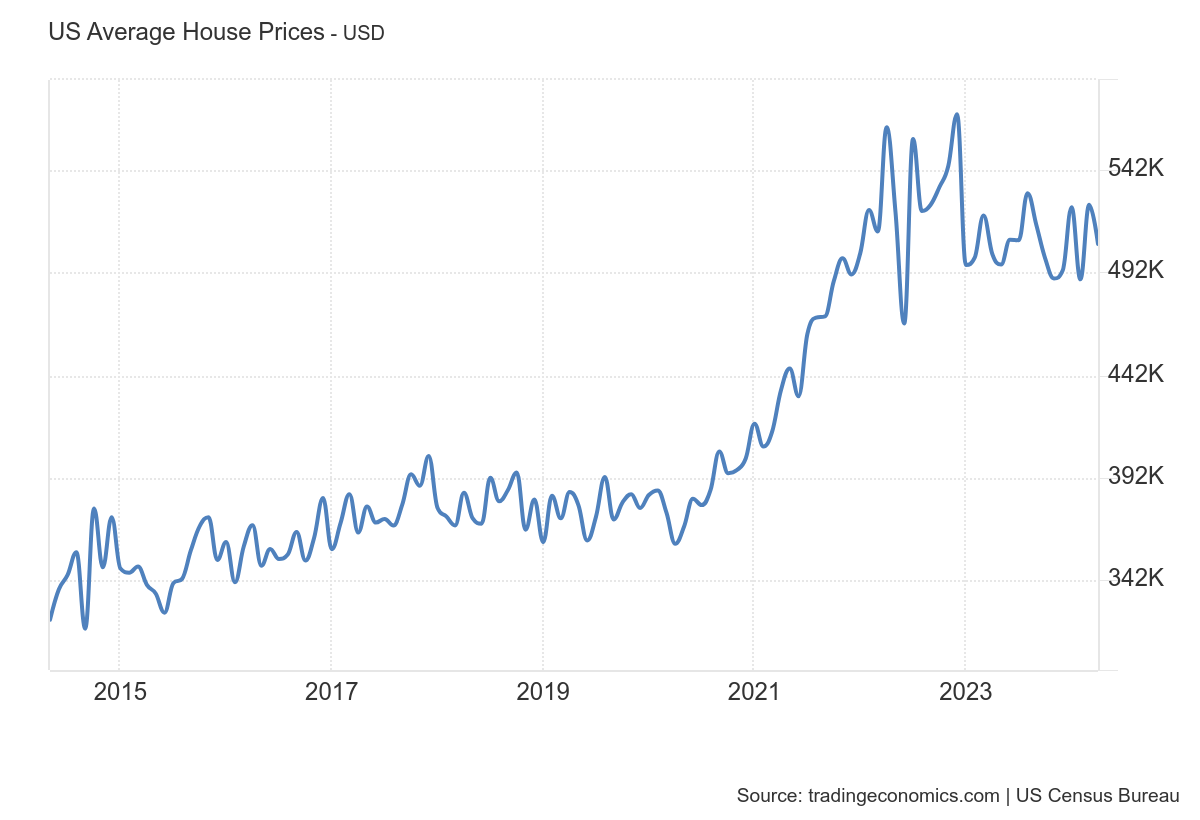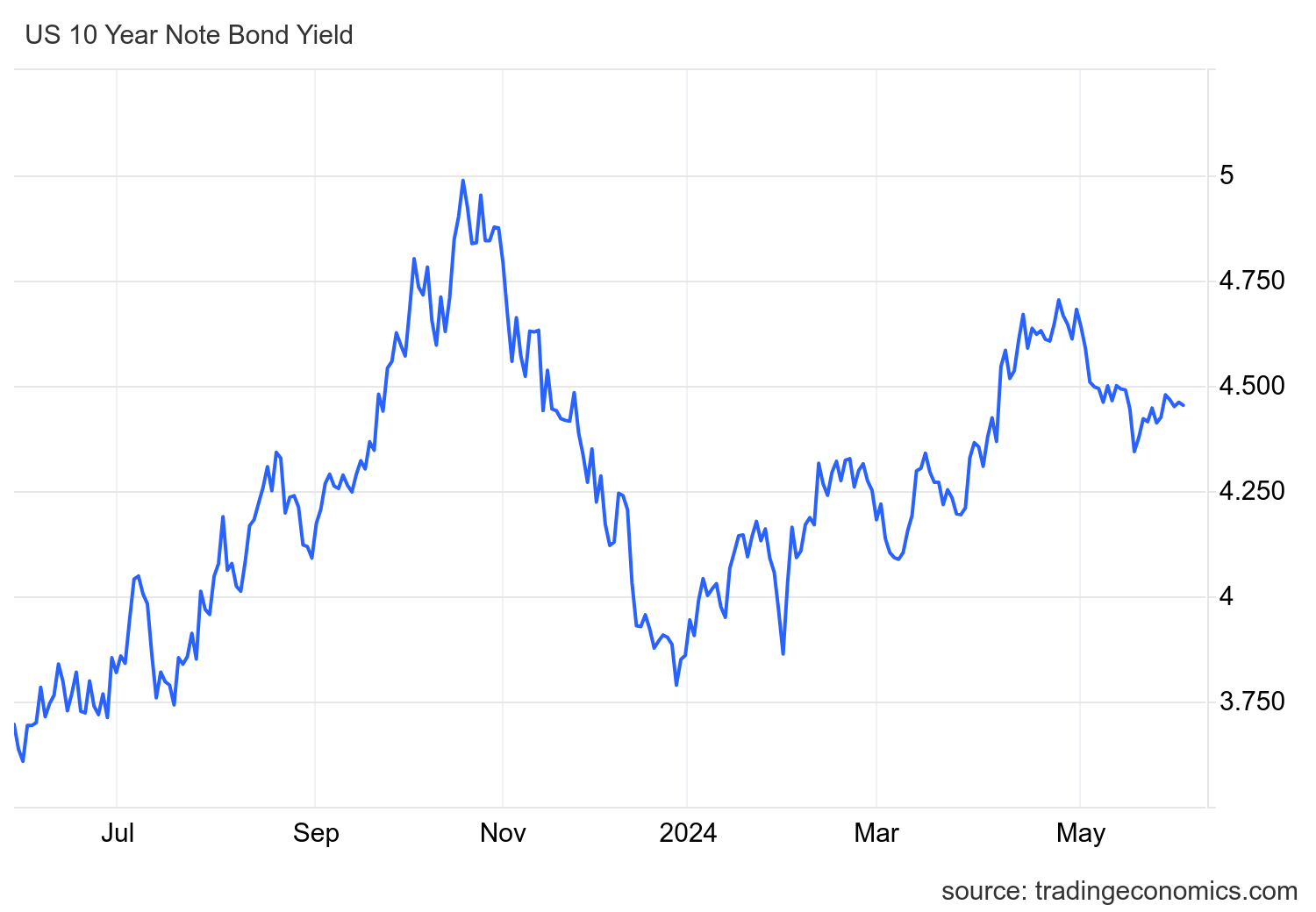Analysis of the "slight rate cut" strategy for US economy and asset allocation
Economic resilience analysis
The United States economy started the year on a strong note, but growth has slowed over time. Nonetheless, the economy's domestic momentum remains strong, thanks largely to:
Household Balance Sheet: Since 2009, U.S. households have continued to deleverage, with debt burdens falling to historic lows and household net worth increasing for four consecutive quarters.
Labor Market: Market adjustment may be over and wage growth is trending back up.
Real Estate Market Insights
The real estate market shows strong support:
Home Price Trends: New Home Sales Pick Up Year-Over-Year, Signaling a Rebound in Home Price Growth.
Demographics: Young and middle-aged population growth in the U.S. is supporting home prices, with the upward trend expected to continue through 2033.
Manufacturing and capital expenditure
The manufacturing and capital expenditure cycles are also showing positive signs:
Corporate earnings: bottoming out since H2 2023.
Inventory Cycle: The replenishment cycle has restarted, especially for real estate chain commodities such as furniture and home furnishings, hardware and plumbing, and building materials.
Small Business Stress and Expectations of Interest Rate Cuts
Small businesses are under pressure in the current economic climate:
Difficulty in financing: High short-end interest rates lead to higher financing costs for small businesses, affecting operations and the job market.
Rate Cut Expectations: The Federal Reserve may consider a rate cut in late 2024 to ease pressure on small businesses.
Interpretation of the "interest rate cut" strategy
The current Fed trend favors "shallow rate cuts," meaning:
Precautionary fine-tuning: The pace of rate cuts will be gradual and precautionary in character.
Economic pull: The rate cut will have a greater pull on corporate earnings than on asset valuations.
New Trends in Asset Allocation
Investors should focus on the following asset allocation strategies:
Before the rate cut: Growth stocks are likely to benefit from the market's expectation of a rate cut. $Canopy Growth Corporation(CGC)$ $iShares Russell 2000 ETF(IWM)$
After the rate cut: Pro-cyclical and value stocks are expected to perform better, especially resource goods, capital goods and consumer goods related companies. $S&P 500(.SPX)$ $DJIA(.DJI)$ $Invesco QQQ(QQQ)$
U.S. Bond Market Outlook
The U.S. bond market is expected to move:
Before the rate cut: The expectation of a rate cut could push U.S. bond rates down to 4.2%-4.4% as high interest rates weigh on the economy. $US10Y(US10Y.BOND)$ $US20Y(US20Y.BOND)$ $US30Y(US30Y.BOND)$
After the rate cut: There could be a shift in the U.S. bond interest rate curve, with the 10-year rate likely to rise to 4.5%-4.7%.
summarize
Although the U.S. economy is facing a slowdown, the "shallow interest rate cut" strategy is expected to bring new vitality to the market. Investors should pay close attention to economic data and policy trends, and flexibly adjust their investment strategies to capitalize on new opportunities in asset allocation.
Disclaimer: Investing carries risk. This is not financial advice. The above content should not be regarded as an offer, recommendation, or solicitation on acquiring or disposing of any financial products, any associated discussions, comments, or posts by author or other users should not be considered as such either. It is solely for general information purpose only, which does not consider your own investment objectives, financial situations or needs. TTM assumes no responsibility or warranty for the accuracy and completeness of the information, investors should do their own research and may seek professional advice before investing.
- a9032·2024-05-28👍🇸🇬LikeReport


